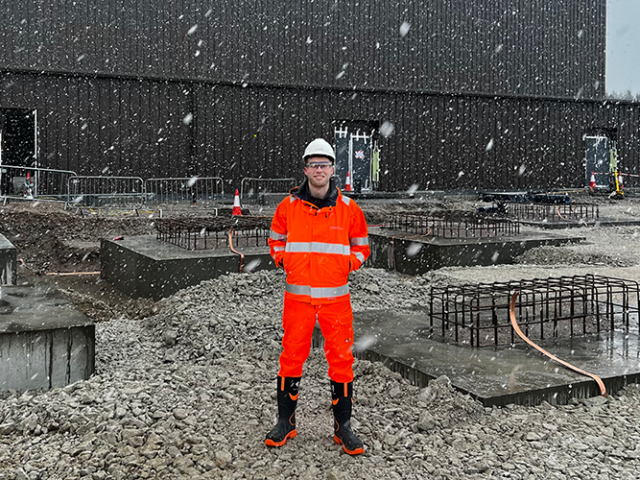Engineering has long been a field characterised by specialisation, with distinct disciplines such as, mechanical, electrical, and chemical engineering each focused on solving specific types of problems. However, in recent years, there has been a noticeable trend toward increased collaboration between these traditionally separate branches of engineering. This shift is driven by the recognition that many of today’s complex challenges require a multidisciplinary approach to find innovative solutions.
Interdisciplinary challenges require interdisciplinary solutions
One of the primary reasons behind the growing collaboration between engineering disciplines is the increasing complexity of the problems we face in the modern world. Issues such as climate change, urbanisation, healthcare, and sustainable energy solutions are inherently interdisciplinary in nature. These challenges cannot be adequately addressed by the expertise of a single engineering discipline.
For example, consider the development of smart cities. This ambitious endeavour involves integrating various technologies and systems, including transportation, energy, infrastructure, and information technology. To create truly smart cities, civil engineers must work closely with electrical engineers to design efficient power grids, computer engineers to develop data analytics tools, and transportation engineers to optimise traffic flow.
Advancements in technology drive integration
The rapid advancement of technology plays a significant role in enabling increased collaboration between engineering disciplines. For instance, the Internet of Things (IoT), AI, and big data analytics are transforming industries and facilitating cross-disciplinary collaboration.
In healthcare, the convergence of biotechnology, electronics, and data science is yielding breakthroughs in medical devices, telemedicine, and personalised healthcare. Biomedical engineers, electrical engineers, and data scientists are working together to develop innovative solutions, such as wearable health monitoring devices that can predict and prevent health issues in real time.
Sustainability and environmental concerns
Sustainability has become a central concern in engineering, and addressing environmental challenges often necessitates collaboration between disciplines. Sustainable design, renewable energy, and resource-efficient processes require input from various engineering fields. For example, chemical engineers might work with civil engineers to develop environmentally friendly construction materials or mechanical engineers may collaborate with environmental engineers to design energy-efficient HVAC systems. Recently electronic engineers have also been working toward a more sustainable approach to PCBs we see in electronics all around us.
Aerospace and automotive innovations
Aerospace and automotive industries are witnessing remarkable transformations due to interdisciplinary collaboration. Electric and hybrid vehicles are a prime example. Electrical engineers and mechanical engineers are working together to develop high-performance electric motors and battery systems, while civil and materials engineers contribute to the design of lightweight and aerodynamic vehicle structures. These collaborations are not only reducing greenhouse gas emissions but also enhancing vehicle performance.
In the aerospace sector, the development of next-generation aircraft involves close cooperation between mechanical engineers, aerospace engineers, materials scientists, and software engineers. Innovations in materials, propulsion systems, and avionics are the result of these synergies, pushing the boundaries of what’s possible in aviation.
Educational shift towards interdisciplinary learning
Recognising the importance of interdisciplinary collaboration, engineering education has also evolved. Many universities now offer interdisciplinary engineering programs or encourage students to take courses outside the initial general engineering courses. This approach helps future engineers gain a broader perspective and develop the skills necessary to work effectively with professionals from diverse backgrounds.
Looking ahead
Collaboration between engineering disciplines is no longer a trend but a necessity in addressing the multifaceted challenges of our time. As technology continues to advance and global issues grow in complexity, engineers who can collaborate across traditional boundaries will be at the forefront of innovation. Whether it’s tackling climate change, developing sustainable infrastructure, or creating cutting-edge technologies, the future of engineering lies in the hands of those who can seamlessly bridge the gap between disciplines and work together to find creative solutions to our world’s most pressing problems.




